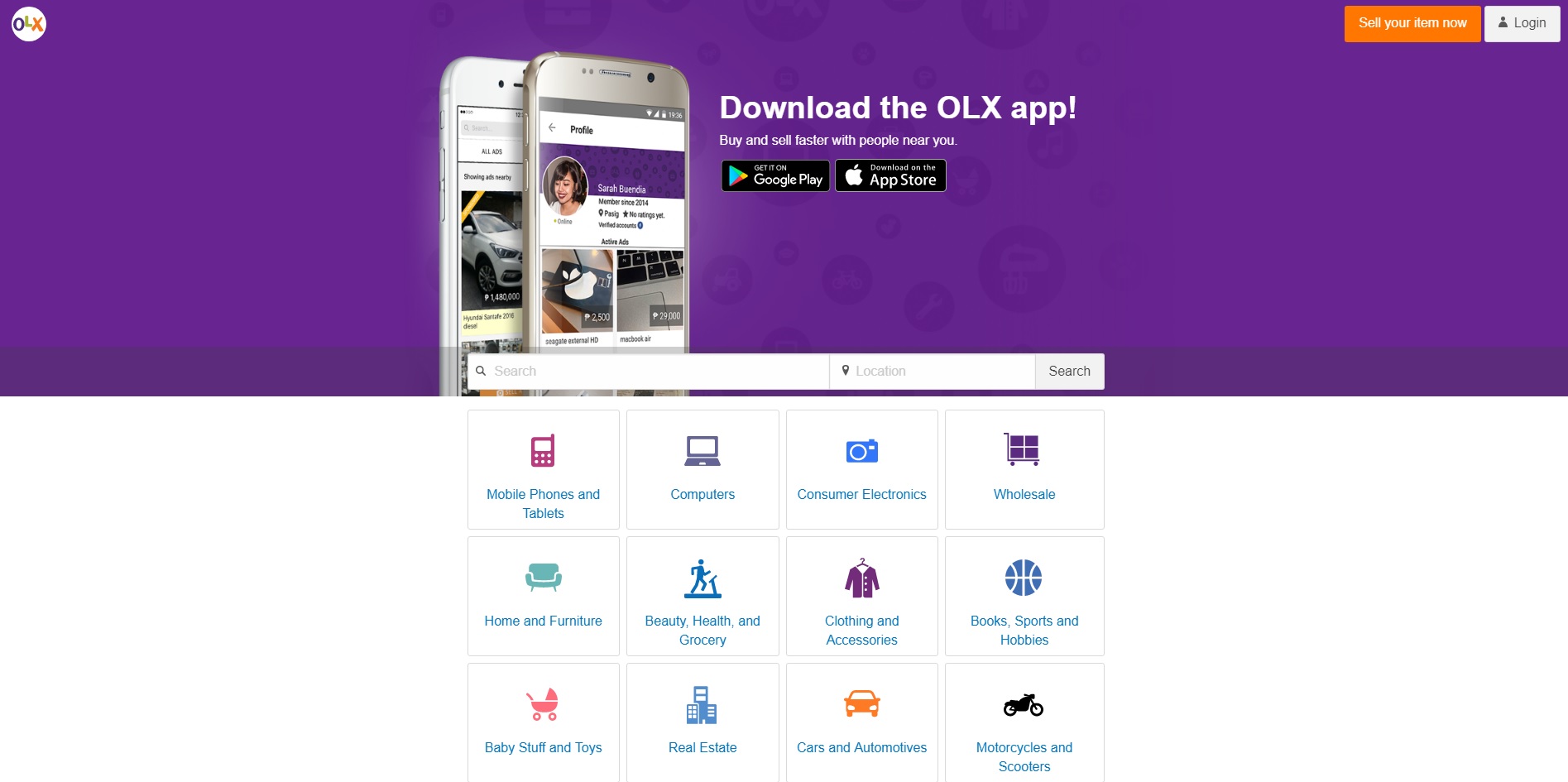Generally speaking, when we think of e-commerce, we think of an online commercial transaction between a supplier and a client. However, and although this idea is right, we can be more specific and actually divide e-commerce into six major types, all with different characteristics.
There are 6 basic types of e-commerce:
- Business-to-Business (B2B)
- Business-to-Consumer (B2C)
- Consumer-to-Consumer (C2C)
- Consumer-to-Business (C2B).
- Business-to-Administration (B2A)
- Consumer-to-Administration (C2A)
1. Business-to-Business (B2B)
Business-to-Business (B2B) e-commerce encompasses all electronic transactions of goods or services conducted between companies. Producers and traditional commerce wholesalers typically operate with this type of electronic commerce.
2. Business-to-Consumer (B2C)
The Business-to-Consumer type of e-commerce is distinguished by the establishment of electronic business relationships between businesses and final consumers. It corresponds to the retail section of e-commerce, where traditional retail trade normally operates.
These types of relationships can be easier and more dynamic, but also more sporadic or discontinued. This type of commerce has developed greatly, due to the advent of the web, and there are already many virtual stores and malls on the Internet, which sell all kinds of consumer goods, such as computers, software, books, shoes, cars, food, financial products, digital publications, etc.
When compared to buying retail in traditional commerce, the consumer usually has more information available in terms of informative content and there is also a widespread idea that you’ll be buying cheaper, without jeopardizing an equally personalized customer service, as well as ensuring quick processing and delivery of your order.
3. Consumer-to-Consumer (C2C)
Consumer-to-Consumer (C2C) type e-commerce encompasses all electronic transactions of goods or services conducted between consumers. Generally, these transactions are conducted through a third party, which provides the online platform where the transactions are actually carried out.
4. Consumer-to-Business (C2B)
In C2B there is a complete reversal of the traditional sense of exchanging goods. This type of e-commerce is very common in crowdsourcing based projects. A large number of individuals make their services or products available for purchase for companies seeking precisely these types of services or products.
Examples of such practices are the sites where designers present several proposals for a company logo and where only one of them is selected and effectively purchased. Another platform that is very common in this type of commerce are the markets that sell royalty-free photographs, images, media and design elements, such as iStockphoto.
5. Business-to-Administration (B2A)
This part of e-commerce encompasses all transactions conducted online between companies and public administration. This is an area that involves a large amount and a variety of services, particularly in areas such as fiscal, social security, employment, legal documents and registers, etc. These types of services have increased considerably in recent years with investments made in e-government.
6. Consumer-to-Administration (C2A)
The Consumer-to-Administration model encompasses all electronic transactions conducted between individuals and public administration.
Examples of applications include:
- Education – disseminating information, distance learning, etc.
- Social Security – through the distribution of information, making payments, etc.
- Taxes – filing tax returns, payments, etc.
- Health – appointments, information about illnesses, payment of health services, etc.
Both models involving Public Administration (B2A and C2A) are strongly associated to the idea of efficiency and easy usability of the services provided to citizens by the government, with the support of information and communication technologies.

OLX is a B2C e-commerce site
Advantages of e-commerce
The main advantage of e-commerce is its ability to reach a global market, without necessarily implying a large financial investment. The limits of this type of commerce are not defined geographically, which allows consumers to make a global choice, obtain the necessary information and compare offers from all potential suppliers, regardless of their locations.
By allowing direct interaction with the final consumer, e-commerce shortens the product distribution chain, sometimes even eliminating it completely. This way, a direct channel between the producer or service provider and the final user is created, enabling them to offer products and services that suit the individual preferences of the target market.
E-commerce allows suppliers to be closer to their customers, resulting in increased productivity and competitiveness for companies; as a result, the consumer is benefited with an improvement in quality service, resulting in greater proximity, as well as a more efficient pre and post-sales support. With these new forms of electronic commerce, consumers now have virtual stores that are open 24 hours a day.
Cost reduction is another very important advantage normally associated with electronic commerce. The more trivial a particular business process is, the greater the likelihood of its success, resulting in a significant reduction of transaction costs and, of course, of the prices charged to customers.
Disadvantages of e-commerce
The main disadvantages associated with e-commerce are the following:
- Strong dependence on information and communication technologies (ICT);
- Lack of legislation that adequately regulates the new e-commerce activities, both nationally and internationally;
- Market culture is averse to electronic commerce (customers cannot touch or try the products);
- The users’ loss of privacy, the loss of regions’ and countries’ cultural and economic identity;
- Insecurity in the conduct of online business transactions.
Here is another example of an E-Commerce site.



CLICK HERE!!!